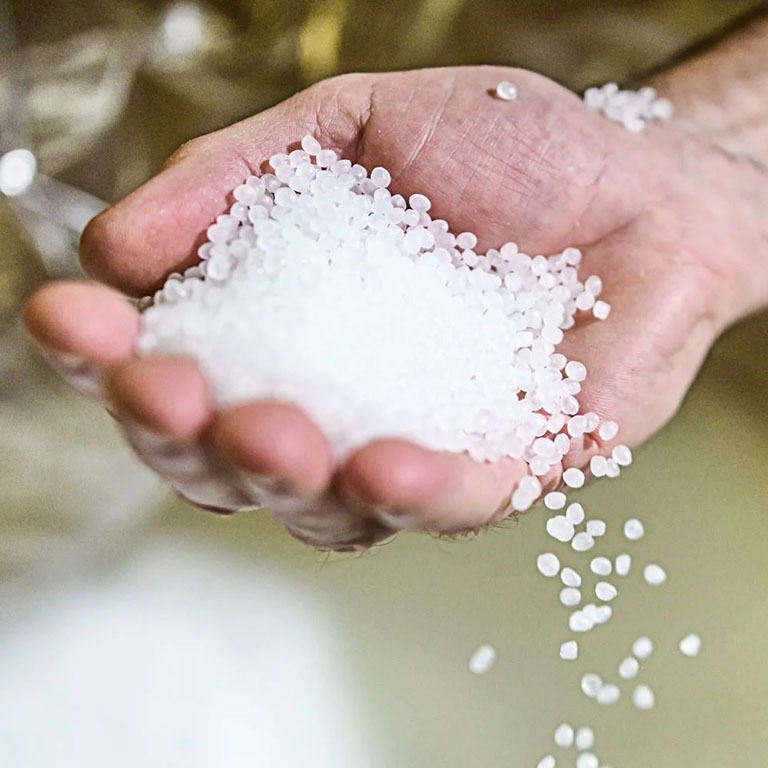How to Choose the Most Suitable Plastic Material for Your Product
The right Plastic Material Selection bears a profound impact on your overall manufacturing process. It shapes numerous aspects, from the product’s functionality to its aesthetics, and even the total production cost.

- Understanding Your Product Requirement: Before embarking on the selection, you need to be clear about your product’s requirements. The plastic that you’ll eventually select will depend on whether the product needs to be:
a. Rigid or flexible
b. Able to withstand heat or pressure
c. Of a specific color or transparency - Assessing Cost-Effectiveness: Cost plays a crucial role in plastic material selection. Striking a balance between the material’s quality and its cost can lead to a more efficient manufacturing process.
- Prioritizing Aesthetics: The look and feel of the material is a significant consideration. Your selected plastic should be in line with the aesthetic vision of your final product.
- Focus on Durability: The product’s durability hinges on the type of plastic used. Evaluating factors like tensile strength and impact resistance can help make an informed decision.
- Being Environment-Friendly: With the rising importance of sustainable manufacturing practices, the environmental impact of your plastic material should not be overlooked. Select plastics that are eco-friendly, like the ones that are biodegradable or easily repurposed.
- Navigating Through Regulations: To ensure compliance with industry and safety standards, seeking expert guidance can be quite beneficial for the material selection process.
This guide aims to simplify the plastic material selection process for you and ensure an efficient and effective manufacturing process.
Rayleap’s team can provide invaluable guidance on these matters, ensuring a smooth process from choice to production.